Business expertise
Supply Chain performance
In a world where resources are becoming increasingly scarce and where economic and geopolitical crises follow one another, the supply chain is proving to be more and more crucial to the competitiveness and resilience of companies.
As a genuine lever for operational performance and financial health, its operational efficiency, supported by sustainable and technological challenges, is closely monitored using precise supply chain indicators.
Your challenges
Supply chains are becoming increasingly complex. By respecting the fundamental pillars of the supply chain, companies can meet their challenges.
Developing and staying competitive
- Improve logistics agility and reliability
- Gaining maturity across all supply chain processes
- Offer better customer service
Synergies
- Bringing together all the company's stakeholders and functions (including those outside the supply chain)
- Achieve a common goal: customer satisfaction and improved service levels
Digitalization
- Integrate new, increasingly mature technologies (AI, Big data, Analytics, No code, etc.) to improve performance.
- Learning to question historical planning practices, as well as global optimisation models.
Securing flows
- Managing supply chain risks
- No longer analyse risks only from an internal perspective, but from a global perspective
Complexification
- Gradually moving away from linear patterns and traditional customer/supplier relationships.
- CLeading transformations that lead to changes in culture at all levels of the hierarchy.
- Successfully integrating new CSR requirements and reducing our environmental footprint.
Our convictions
Developping a cross-functional organization
All the interactions between supply chain players, whether internal or external, must be clearly identified to provide a complete picture of a supply chain and its interdependencies. The levers resulting from these interactions can shed light on the potential for transforming the supply chain towards an achievable and relevant target.
Positioning the supply chain as a decision-making process
- The performance of a supply chain depends above all on the quality of the bodies and rituals that support the process.
- It is important to mobilise stakeholders at the right hierarchical level, within the right scope and using the right analytical framework, in order to take coherent decisions.
Knowing how to combine several performance drivers
- A high-performance supply chain can support business growth without compromising profitability or service levels, while maintaining an offer that sets it apart from the competition.
- The boundary between these drivers is sometimes blurred in organizations, and it is important to understand the difference between the performance of a company driven by costs or margins by integrating, among other things, lean management principles.
Designing a constantly evolving system
- More than just a ‘plug and play’ methodology, this requires a culture of critical analysis of the situation and the management indicators.
- Decisions must be based on concrete elements, whether financial or operational, aimed at improving the quality and reliability of logistics and the supply chain.
Involving teams
- Improving supply chain processes takes time and must be supported by in-house skills to ensure in-depth change.
- The human aspect is necessary, but not sufficient. The other key success factors are: tools / processes / organisation / management indicators.
Our solutions
and expertise
You want to assess and/or transform your activities in depth to boost the performance of your supply chain, while controlling your impact on the ecosystem. We can offer you an end-to-end solution that will bring you up to the level of the best-performing companies.
Strategic support
- Strategic support
- Supply chain organization and sizing
- End-to-end diagnosis and maturity of supply chain operations
- Building the customer promise and the SLA (Service Level Agreement)
- Performance management (financialisation of the supply chain), system of indicators (SLA)
Transformation of planning practices
- Demand management
- Supply chain segmentation
- Tactical steering IBP, S&OP, adaptive S&OP, etc.
- Operational management PDP, S&OE, DRP; DDMRP
- Execution scheduling, procurement, DDOM
- Inventory management
- VMI
Support and implementation of the transformation
- Opportunity studies, assistance with the choice and implementation of APS-type solutions
- Training teams in planning best practice
- Running serious games to raise awareness among all your employees
- Change management to put in place sustainable organization
Our certifications and training



Your gains

Customer service
- Increase service rates by 5 to 15 points thanks to a better definition of the expected customer promise
- Greater relevance of delivery times through better positioning of stocks according to the customer promise
- Improved quality of demand forecasts (M+1: approx. 90%)
- Better integration of real demand signals within the supply chain

Financial gains
- Improvement in the company’s overall ROI
- Inventory value reduced by 30% on average
- Sharing and mitigating operational risks
- Predictability of financial results, both upwards and downwards

Collaboration and synergies
- Align internal stakeholders around the same business scenarios
- Improved visibility of the business towards external stakeholders (suppliers, transport, logistics, franchisees)
- More efficient planning processes
- Predictability in the management of physical flows (M+1: approx. 98%)

A Project ? Contact us
Partner, Head of Supply Chain Consulting
Director at Citwell and head of the Lille office, Raphael began his career at Decathlon, where he worked for 6 years in their supply chain (operations and projects).
With a wealth of experience in transforming operational models, Raphael supports his clients in continuous improvement and long-term development.
Over the course of his career, he has managed major supply chain projects: process transformation, building a strategic vision, end-to-end planning and inventory management (components and finished products).
Among our references
Major player in European mass retailing
Design and implementation of an S&OP process for own brands
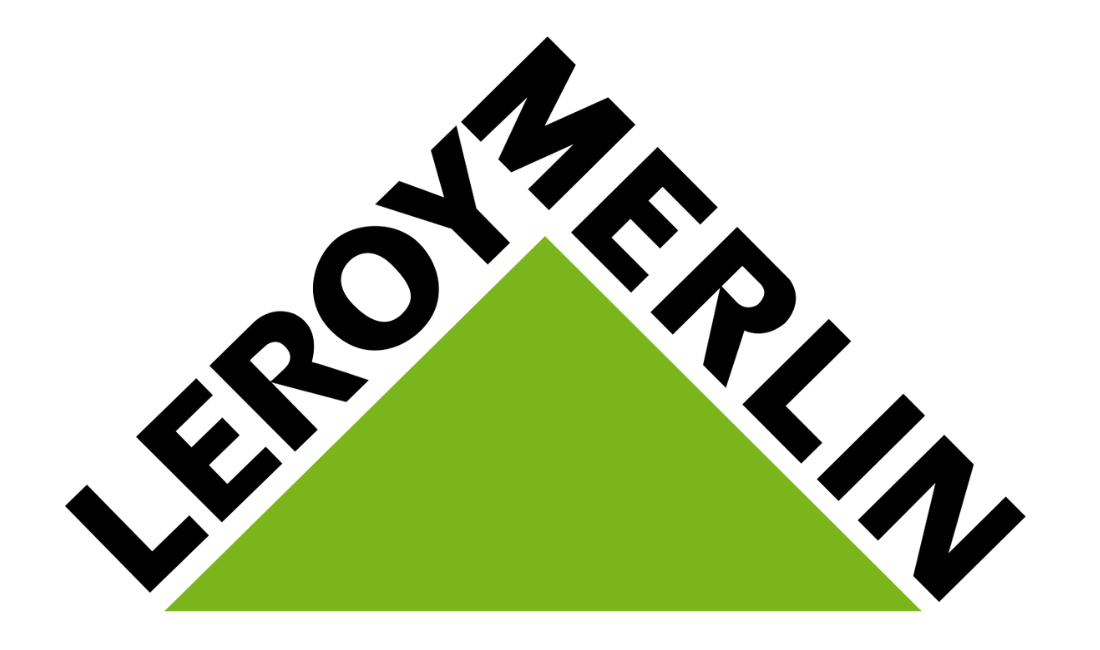
Demand planning processes optimization

Multiple orientations and implementations within different Supply Chain organizations
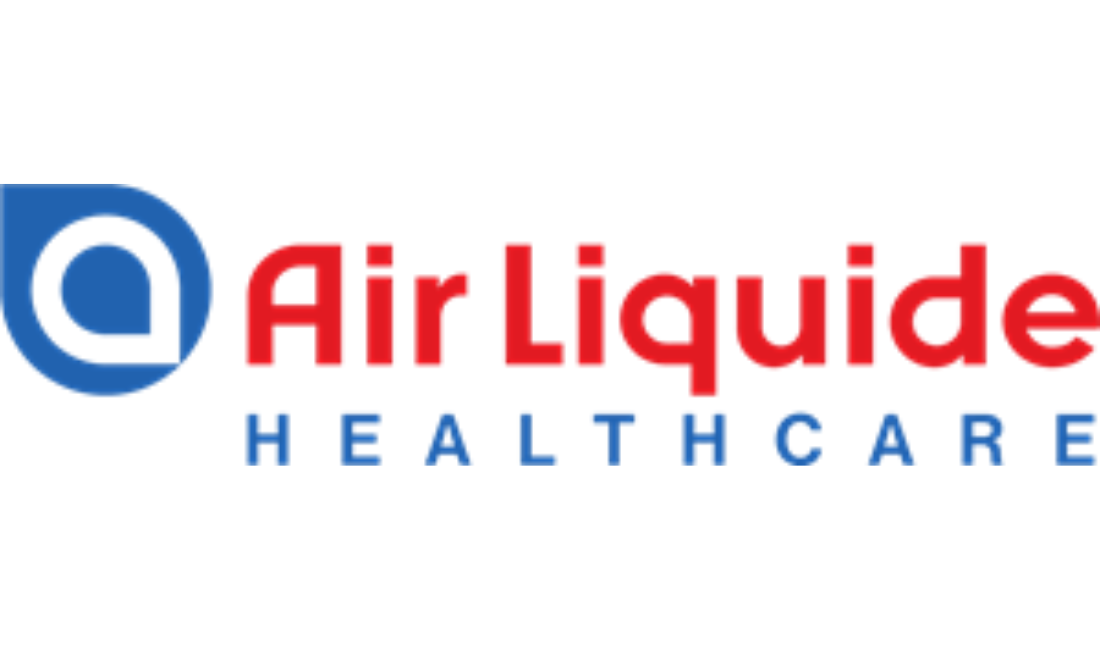
Transforming the supply chain through DDMRP

Diagnosis of global industrial and commercial planning
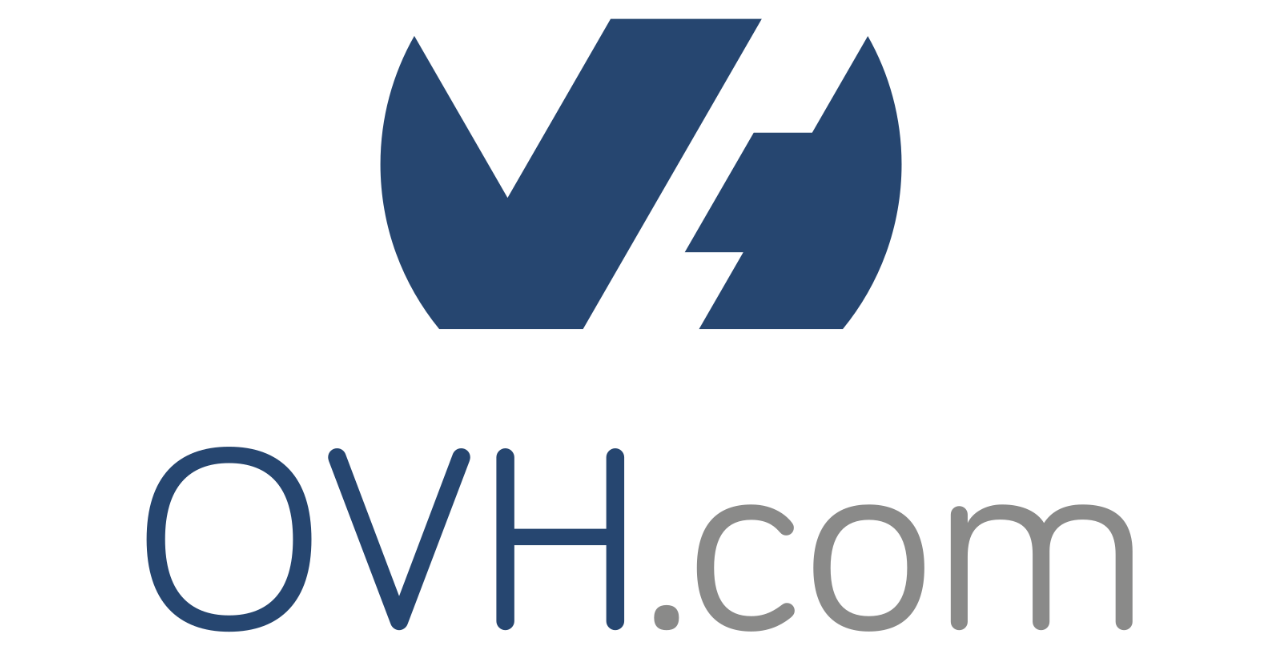
Transformation of end-to-end planning processes
Case study


Downstream supply chain transformation
Our involvment
- Support in choosing a sales forecasting and shop supply solution.
- Assistance to planning teams to implement the Retail S&OP and new forecasting and stock management methods.
- Opportunity study on the logistics of Sephora’s own brand for distribution in the USA.
- Improving Supply Chain – Purchasing collaboration for the management of manufacturers of Sephora products.
The results
- Improved quality of service for shops and customers:
- Value-added logistics operations carried out at a regional warehouse,
- Creation of a regional stock for improved availability, positive impact on shop service levels
Improved downstream supply chain performance:
- Transport consolidation
- Reduced environmental impact through lower carbon footprint
- Savings on purchases linked to the use of warehouses
- Savings on shop staff due to reduced logistics workload and administrative tasks
They testify
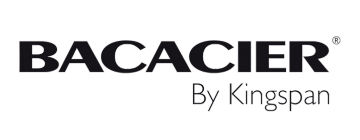
« Citwell was a key player in our supply chain transformation plan. The company's ability to listen and respond, and its proactive understanding of our needs, provided real added value in this crucial project for the Bacacier group. »
Thomas Joly, Deputy manager Supply Chain Bacacier Group

« Citwell is a key ally in driving change and reorganizing our supply chain, both to meet our internal skills needs and to meet the growth challenges of our business sector. »
Olivier Himpe, Supply Chain Director, Business Unit Customer care of Nexter (KNDS)
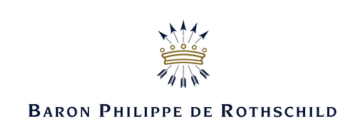
«Citwell's lighting has encouraged our partners to better manage their stocks of bottles, to lower costs for the whole organisation. We recommend Citwell for its pragmatism, reliability and agility. »
Frédéric Mairesse, Champagne Barons de Rothschild Managing Director